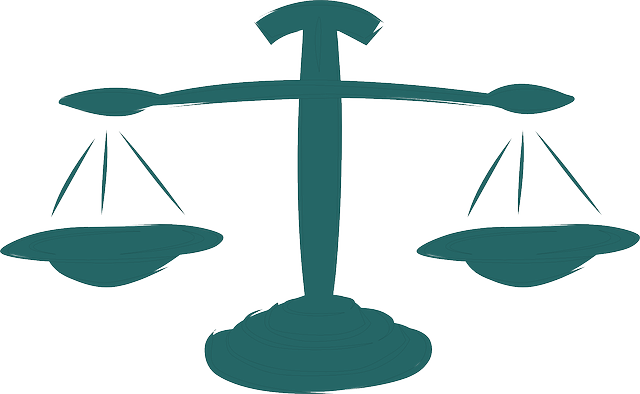“In Oregon, the child welfare system is designed to ensure the safety and well-being of vulnerable youth. This comprehensive guide delves into the intricate processes that shape these critical interventions. From understanding the state’s child welfare system and exploring the legal obligations of parents and caregivers, to the pivotal role of the Department of Human Services (DHS), this article illuminates key aspects. Learn about removal and placement procedures, the importance of legal rights and representation, and post-case management strategies for successful reintegration.”
- Understanding Oregon's Child Welfare System: An Overview
- Legal Obligations of Parents and Caregivers
- The Role of the Department of Human Services (DHS)
- Removal and Placement Processes: What to Expect
- Legal Rights and Representation for Families Involved
- Post-Case Management and Reintegration
Understanding Oregon's Child Welfare System: An Overview

Oregon’s child welfare system is designed to protect and nurture children while ensuring their well-being and safety. It operates under a framework of legal obligations, with the primary responsibility lying with the state to provide a secure environment for those in need. This system involves various agencies working collaboratively, including the Department of Human Services (DHS), which oversees child welfare services.
The process begins when a concern is raised about a child’s safety and well-being, leading to an investigation. If found necessary, DHS has legal authority to remove a child from their home and place them in foster care or alternative settings. The goal is to reunify families whenever possible while ensuring the child’s long-term stability and growth. Understanding these legal obligations is crucial for both parents and caregivers to navigate Oregon’s child welfare system effectively.
Legal Obligations of Parents and Caregivers

In Oregon, parents and caregivers have a series of legal obligations regarding their children’s welfare. These responsibilities are outlined in state laws and regulations, emphasizing the protection and well-being of minors. Key duties include ensuring the child’s physical safety, providing adequate food, shelter, education, and medical care, as well as fostering an environment conducive to healthy development.
Legal obligations also encompass reporting suspected instances of abuse or neglect promptly to the Department of Human Services (DHS). Failure to comply with these mandates can result in legal consequences, including temporary removal of the child from the home and potential termination of parental rights. Understanding and fulfilling these legal obligations are crucial steps in maintaining a child’s well-being within Oregon’s child welfare system.
The Role of the Department of Human Services (DHS)

The Department of Human Services (DHS) plays a pivotal role in Oregon’s child welfare system, acting as the primary agency responsible for protecting and supporting vulnerable children. Its legal obligations encompass a wide range of services, from providing temporary care to ensuring the long-term well-being of children who have experienced abuse or neglect. DHS works tirelessly to maintain the safety, health, and stability of these youth, often navigating complex legal processes to achieve favorable outcomes.
Within its mandate, DHS is tasked with investigating reports of child abuse and neglect, coordinating services for at-risk families, and making informed decisions regarding a child’s placement—whether in foster care or with relatives—to meet their unique needs. The agency’s expertise lies in balancing the legal requirements of child protection with the individualized circumstances of each case, ultimately striving to empower children and families while upholding Oregon’s stringent child welfare standards.
Removal and Placement Processes: What to Expect

When it comes to removal and placement processes in Oregon’s child welfare system, understanding what to expect is crucial for all involved parties, especially as these actions are driven by the state’s legal obligations to protect vulnerable children. The initial step often involves a referral to child welfare services, which will conduct an investigation to assess the home environment and determine if the child is at risk. If concerns are validated, social workers may facilitate the temporary removal of the child from their current living situation for their safety and well-being.
Placement decisions are made with the best interests of the child in mind, considering factors such as relatives’ availability, foster care options, and the child’s specific needs. Parents or guardians are typically informed about these processes and have legal rights to contest or understand the reasons behind them. The goal is always to ensure a stable and secure environment while also working towards resolving any underlying issues that led to the involvement of child welfare services.
Legal Rights and Representation for Families Involved

Post-Case Management and Reintegration







